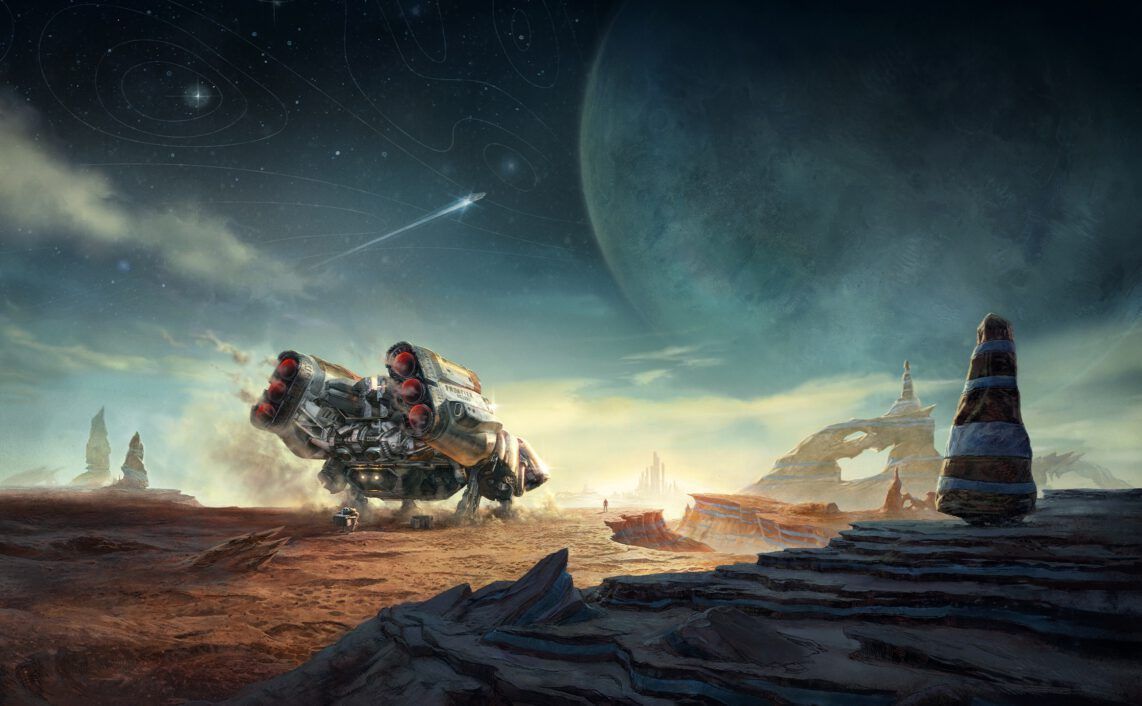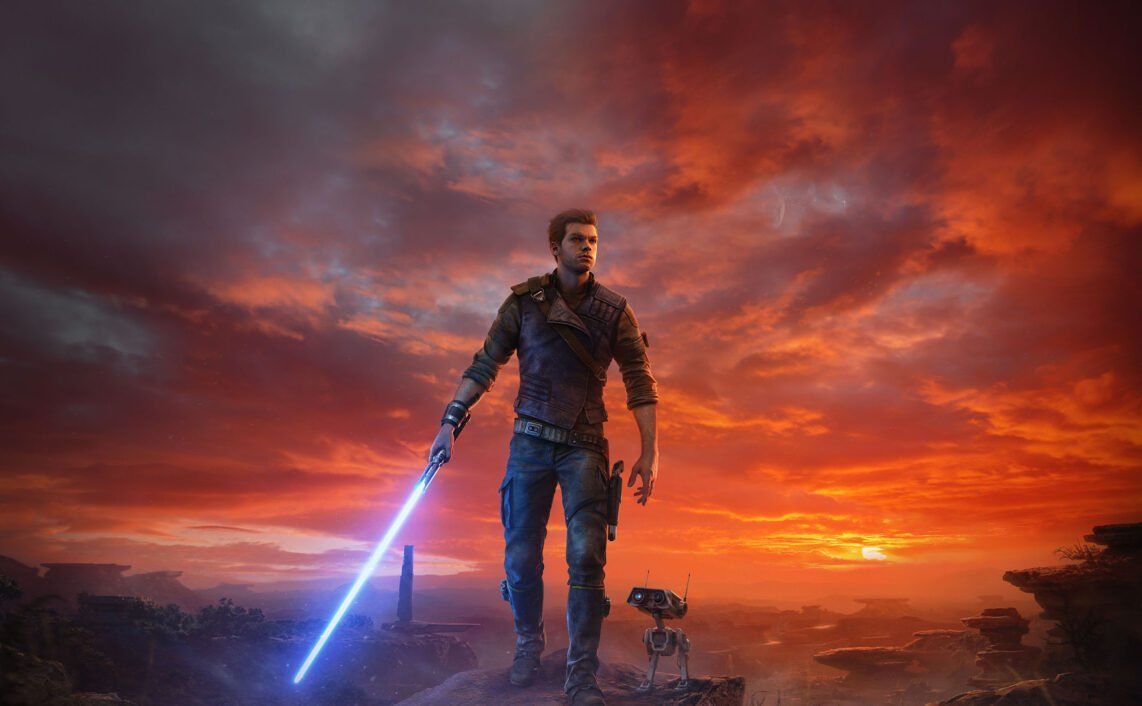In his New York Times bestseller Mark Manson1 argues that only if we stop trying to match everybody’s expectations and to over-achieve on what society deams the only path to a succesful and fulfilling life, we will actually make it happen. Now, alltough the 2023 System Shock remake touches on many timely matters in its plot about an AI gone rogue, it does not care too much about self-growth and mental orientation. But with its shoulder-shrugging philosophy of not giving a f**k about attracting the masses, producing a game that is certainly not for everybody, but all the more loved by the players it was made for, makes us think that Mr. Manson might be on to something.
The convenience of an in-game Google Maps downgrades the charm of free roam exploration to glorified versions of hitting the pot.
There are moments of bewilderment when setting foot on Citadel station for the first time. This is, by all accounts, an unforgiving place to explore. Partly due to the maze-like layout of its levels and the ill-tempered variety of enemies they host. More importantly though, the game’s mute approach to storytelling and its stubborn neglect of handholding make confusion a feature, rather than an accident. There are, for example, no quest markers to follow, no dotted line on a mini-map to navigate or overlays conveniently indicating the correct door code. Here, painting yourself a mental map of the surroundings and keeping track of important pieces of information is not only part of the fun, but a basic requirement for a successful playthrough. It does not help then, that useful tidbits of knowladge, tools and weapons are often hidden well enough and away from the critical path, easy to overlook by too laissez faire adventurers. But despite – or maybe even because of – the potential frustration this tolerance towards desorientation holds, the rewarding moment of finally discovering the final piece of a puzzle, making a new deck of the space station accessable for exploration, has all the more weight to it.
Re-imagining a classic is more about citing what made it a hit than re-inventing the entire formula.
There were times when players were used to games not talking them through the experience. Laying out unmistakable breadcrumbs, often accompanied by the paralyzing convenience of an in-game version of Google Maps. Basically downgrading the charm of free roam exploration to glorified versions of hitting the pot. Choosing to make a game that allows its self to put some players off for the sake of depth and identity is not only a brave approach for a game of 2023. Setting birth into a market environment that is dominated by a concern over market shares and games pushed towards insignificance by their drive to be a jack of all trades. It is also proof that re-imagining a classic is more about citing what made it a hit in the first place than re-inventing the entire formula. Or as Mark Manson might phrase it – if you’re gonna’ reach your goals, you gotta’ choose when to give a f**k.
- Manson, Mark. The Subtle Art of Not Giving a F*ck: A Counterintuitive Approach to Living a Good Life. 2016 ↩︎



